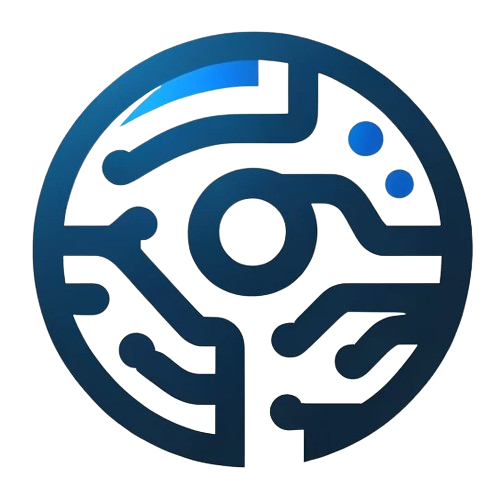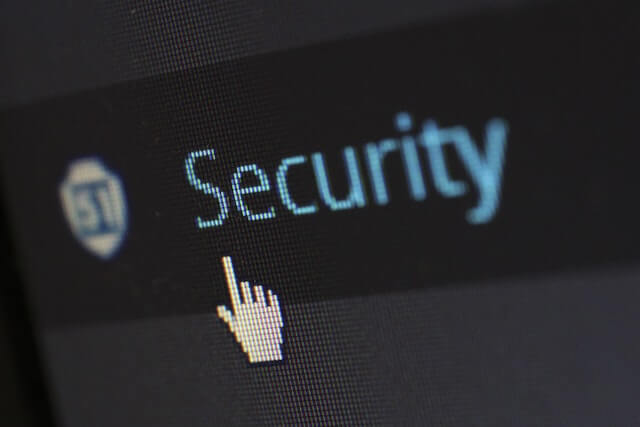Introduction: A Funny Way to Talk About Serious Business
Ah, cybersecurity, the art of keeping your digital castle safe from virtual dragons. You might think of it as the “sword and shield” of the digital realm – except here, the dragons are hackers, and the treasure is your data. In this blog post, we’ll dive into the intriguing world of cybersecurity in software, all while keeping the conversation light-hearted and enjoyable.
Why is Cybersecurity Essential?
Picture this: your software is a vault filled with valuable data. Now, would you leave that vault unlocked in a busy downtown street? Of course not! Cybersecurity is like your vault’s lock and alarm system. It’s essential for protecting sensitive information, ensuring user trust, and maintaining your reputation.
Common Cyber Threats
1. Phishing – The Art of the Digital Bait-and-Switch
Imagine receiving an email from your favorite pizza place offering free pizza if you click a link. You click, and suddenly, your data is in the wrong hands. Phishing attacks use enticing bait to trick users into revealing sensitive information.
2. Malware – Digital Gremlins Gone Wild
Malware is the bogeyman of the digital world. It includes viruses, worms, and spyware, and it’s designed to wreak havoc on your software, steal your data, or take control of your system.
3. DDoS Attacks – The Digital Traffic Jam
DDoS (Distributed Denial of Service) attacks are like sending a thousand pizza delivery drivers to your favorite place at once. The result? A traffic jam so massive that no one else can get through. In the digital world, this means overwhelming a system until it crashes.
4. Insider Threats – The Wolf in Sheep’s Clothing
Sometimes, the threat comes from within. An insider threat occurs when a trusted employee with access to your software misuses that privilege. It’s like hiring a security guard who ends up stealing the crown jewels.
Essential Security Practices
1. Strong Passwords – Not “12345”
The most secure password isn’t “password.” Create strong, unique passwords for your software accounts, and use a password manager to keep track of them.
2. Regular Updates – No Dusty Cobwebs Allowed
Software developers release updates to fix vulnerabilities. Keep your software up to date, or you might as well leave your front door unlocked.
3. Data Encryption – The Digital Enigma Machine
Encrypt sensitive data. It’s like sending secret messages in code, and only those with the right key can decipher them.
4. Multi-Factor Authentication – Double Trouble for Hackers
Multi-factor authentication adds an extra layer of security. Even if someone knows your password, they can’t get in without the second factor, like a fingerprint or a one-time code.
5. Security Testing – The Digital Stress Test
Regularly test your software for vulnerabilities. It’s like checking your castle walls for weak spots.
The Human Element
No matter how many digital locks you install, the weakest link is often the human factor. Teach your team about cybersecurity best practices, and encourage a culture of security awareness.
Tools and Technologies
1. Firewalls – The Digital Moat and Drawbridge
Firewalls act as a barrier between your software and the wild, wild web. They filter incoming and outgoing traffic, allowing only the good stuff to pass.
2. Antivirus Software – The Watchful Guardian
Antivirus software is your knight in shining armor, constantly scanning for digital threats and slaying them before they can harm your software.
3. Intrusion Detection Systems (IDS) – The Silent Alarm
An IDS monitors your software for suspicious activity. If it detects something amiss, it triggers an alert, allowing you to take action before any damage is done.
4. Security Information and Event Management (SIEM) – The Digital Sherlock Holmes
SIEM tools collect and analyze data from various sources, helping you uncover security incidents and trends. It’s like having your own digital detective agency.
Emerging Trends in Cybersecurity
1. Artificial Intelligence (AI) in Cybersecurity
AI is becoming a formidable ally in the fight against cyber threats. It can identify anomalies in data patterns, detect breaches in real-time, and even predict future attacks.
2. Blockchain Technology
Blockchain, famous for cryptocurrencies, also offers robust security. It’s like an immutable ledger, making data tampering nearly impossible.
3. Zero Trust Architecture
Zero trust assumes that no one, whether inside or outside the organization, can be trusted by default. It’s a philosophy that demands rigorous identity verification and access controls.
Conclusion: Don’t Let Cybersecurity Be a Joke
In the world of software, cybersecurity is no laughing matter. It’s the shield that protects your digital castle from marauding hackers and digital miscreants. By understanding common threats, implementing best practices, and embracing emerging technologies, you can build a robust defense that keeps your software and data safe. So, remember, the next time someone asks you, “Why did the hacker cross the road?” – tell them, “To get to the secure side.”

